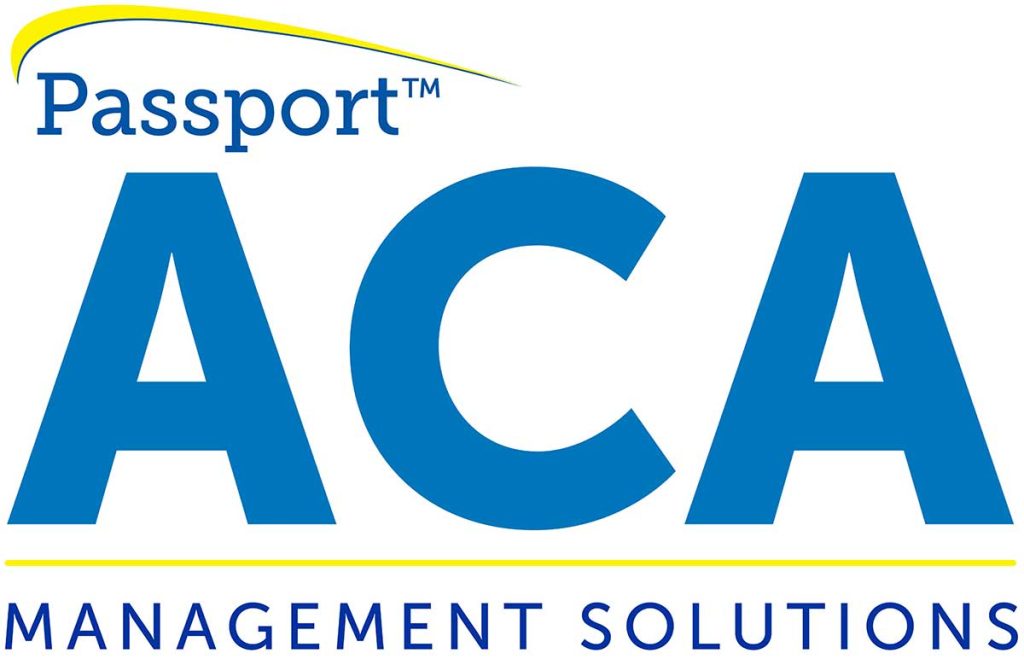ACA Software Helps Avoid Penalties and Ensure Compliance
Avoiding ACA Penalties
Hello again,
This post is for Applicable Large Employers (ALEs) required to comply with the Affordable Care Act. We hope you find it useful.
In December 2019 the IRS announced that there is no statute of limitations for ACA penalties, so penalties for any reporting year can be issued any time thereafter.
There are several common areas that cause confusion regarding ACA compliance, and it’s important to ensure that your company is mindful of the following scenarios that may result in penalties.
Common Ownership
Failure to observe certain employer aggregation rules may result in penalties. From the IRS Information Reporting by Applicable Large Employers webpage:
“Certain employer aggregation rules apply in determining whether an employer is an ALE subject to the employer information reporting provisions.
Under those rules, all employers treated as a single employer under Internal Revenue Code section 414(b), (c), (m), or (o) are treated as one employer for purposes of determining ALE status.
The employers that comprise the Aggregated ALE Group are each referred to as ALE Members.”
Make sure to track hire/rehire, and termination dates accurately in order to correctly assess hours of service and full-time status.”
Measurement Method
Failure to apply the appropriate measurement method correctly may result in an inaccurate count of full-time employees that may result in penalties. Form the IRS Identifying Full-time Employees webpage:
“For purposes of the employer shared responsibility provisions, a full-time employee is, for a calendar month, an employee employed on average at least 30 hours of service per week, or 130 hours of service per month.
There are two methods for determining full-time employee status:
- The monthly measurement method, and
- The look-back measurement method.
Under the monthly measurement method, the employer determines if an employee is a full-time employee on a month-by-month basis by looking at whether the employee has at least 130 hours of service for each month.
Under the look-back measurement method, an employer may determine the status of an employee as a full-time employee during what is referred to as the stability period, based upon the hours of service of the employee in the preceding period, which is referred to as the measurement period. The look-back measurement method may not be used to determine full-time employee status for purposes of ALE status determination.”
When reporting employee ACA data, make sure to classify employees correctly including full-time, part-time, variable-hour, and seasonal workers.
Offers of Coverage
Make sure to correctly track offers of health coverage, and have documents verifying the type and cost of the plan, as well as time frames for coverage offerings. From the IRS Questions and Answers on Employer Shared Responsibility Provisions Under the Affordable Care Act webpage:
“The employer shared responsibility provisions were added under section 4980H of the Internal Revenue Code by the Affordable Care Act. Under these provisions, certain employers (called applicable large employers or ALEs) must either offer health coverage that is “affordable” and that provides “minimum value” to their full-time employees (and offer coverage to the full-time employees’ dependents), or potentially make an employer shared responsibility payment to the IRS, if at least one of their full-time employees receives a premium tax credit for purchasing individual coverage on a Health Insurance Marketplace (Marketplace), also called the Exchange.
Whether an employer is an ALE and is therefore subject to the employer shared responsibility provisions depends on the size of its workforce. In general, employers employing at least a certain threshold number of employees (generally 50 full-time employees including full-time equivalent employees, which means a combination of part-time employees that count as one or more full-time employees) are ALEs. The vast majority of employers fall below the ALE size threshold and therefore are not subject to the employer shared responsibility provisions.”
Passport Software
Passport Software’s ACA Software and ACA Full Service can ease the burden of ACA compliance and help your company avoid penalties.
We also provide ACA penalty relief consultation services and have helped many companies drastically reduce, or avoid penalties:
– Letter 226J is the initial letter issued to Applicable Large Employers to notify them that they may be liable for an Employer Shared Responsibility Payment.
– Letter 5005A is sent to employers who have failed to distribute 1095-C forms to employees and to file Forms 1094-C and 1095-C.
– Letter 972CG is issued to companies who have filed after the deadlines.
– Letter 5699 is a warning sent to employers who have failed to file/furnish Forms 1094-C and 1095-C for an applicable tax year.
Responding promptly and accurately to penalty notifications is crucial, and it’s important to have the right ACA Software and Services to protect your company.
Learn more about our ACA Software and Services. Or, contact us – we are here to help.

